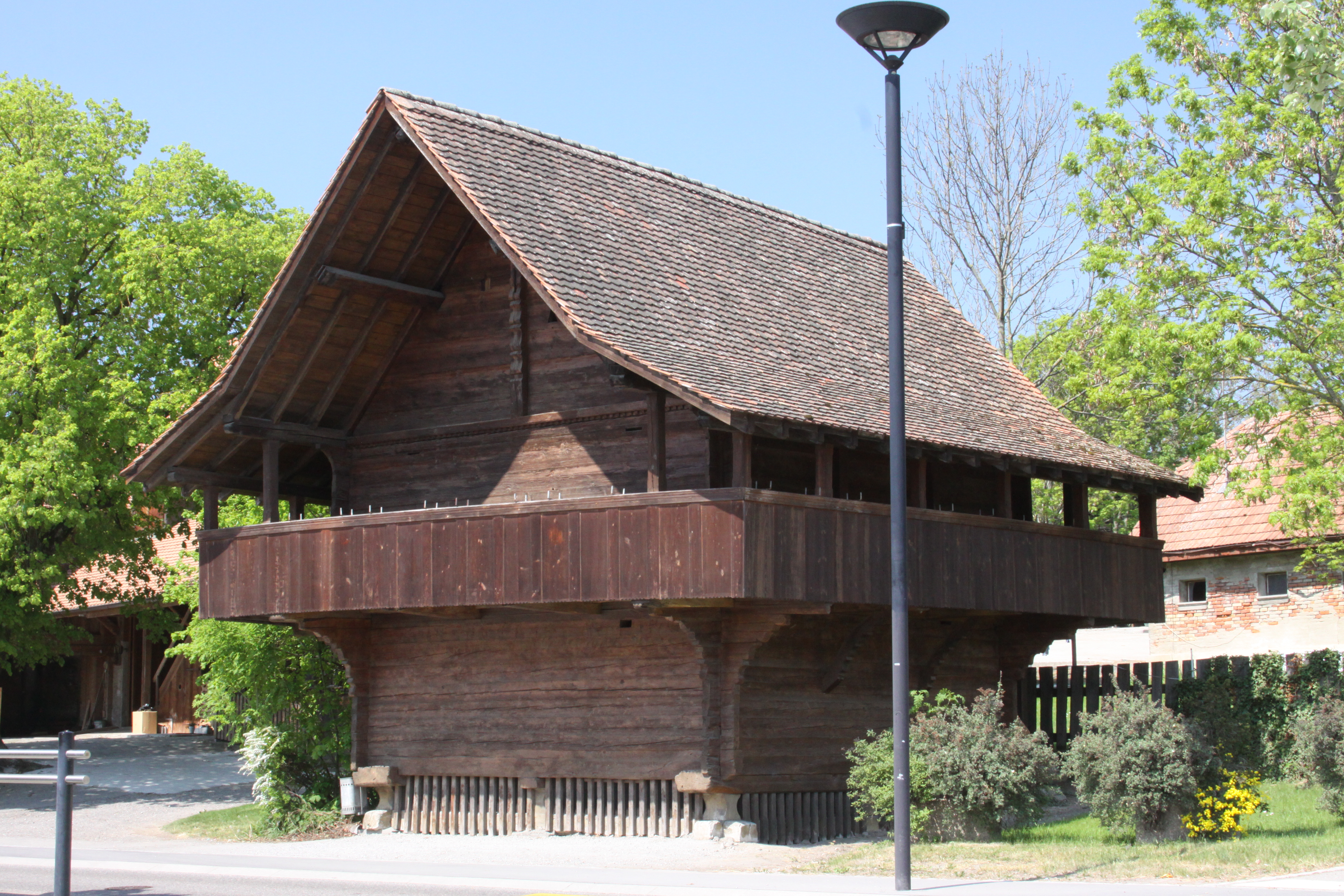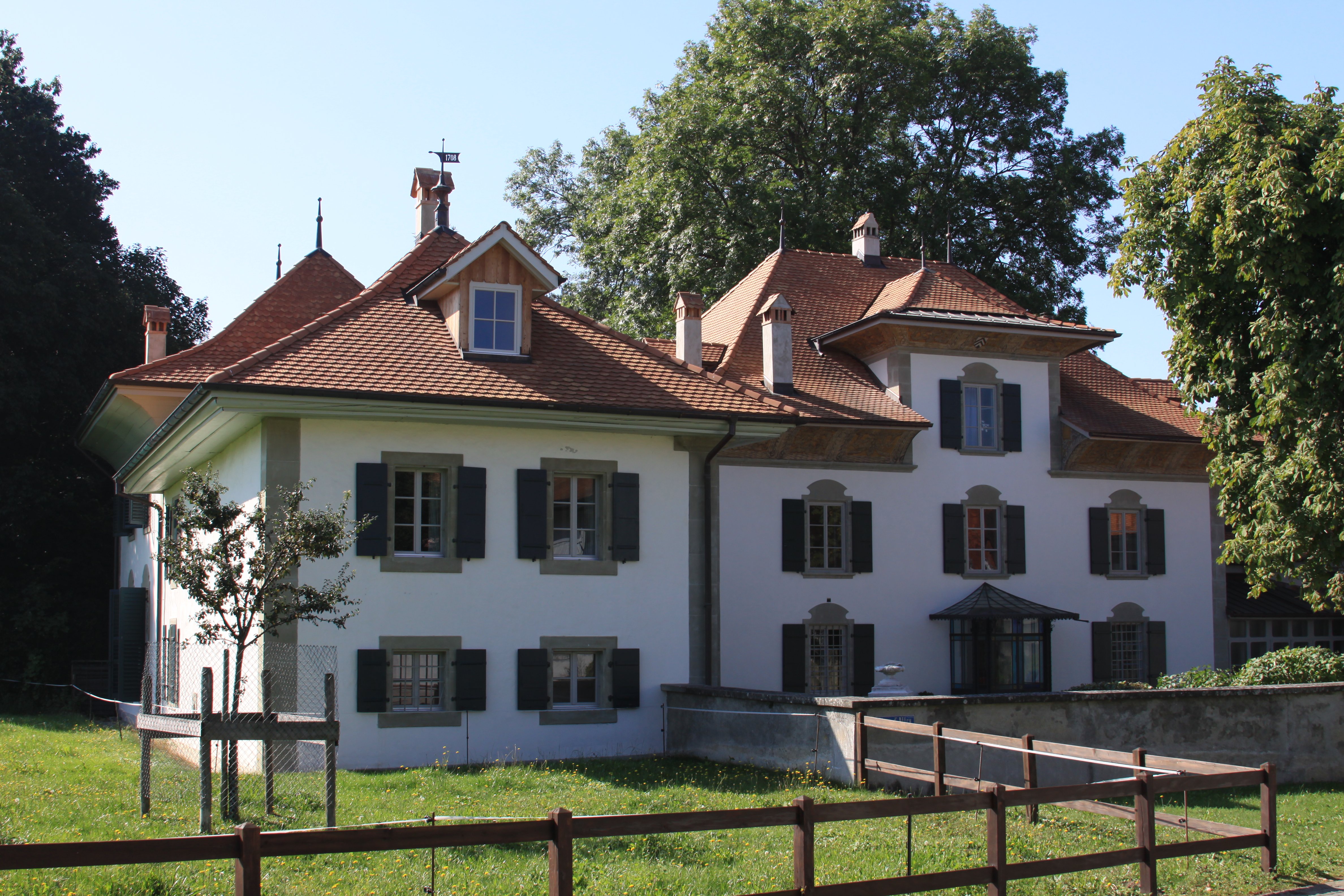|
Belfaux
Belfaux (; frp, Bélfox, locally ) is a municipality in the district of Sarine in the canton of Fribourg in Switzerland. Its former German name was ''Gumschen'', but this is no longer in use. History Belfaux is first mentioned in 12th century as ''Bellofago''. In 1229 it was mentioned as ''Bellfozen''. The municipality was formerly known by its German name ''Gumschen'', however, that name is no longer used. On 1 January 2016, Belfaux annexed the neighboring municipality of Autafond. Geography Belfaux has an area, , of . Of this area, or 53.4% is used for agricultural purposes, while or 31.0% is forested. Of the rest of the land, or 14.6% is settled (buildings or roads), or 0.5% is either rivers or lakes and or 0.2% is unproductive land.Swiss Federal Statistic ... [...More Info...] [...Related Items...] OR: [Wikipedia] [Google] [Baidu] |
Sarine (district)
Sarine District (french: District de la Sarine ; frp, District de la Sarena ; german: Saanebezirk) is one of the seven districts of the canton of Fribourg in Switzerland. It is largely French-speaking, with a German-speaking minority. Its territory is drained by the Sarine river (which gives it its name), and by its tributary, the Glâne. It has a population of (as of ). Municipalities The district consists of the following twenty-six municipalities, including the cantonal capital Fribourg: Demographics Sarine has a population () of . Most of the population () speaks French (64,341 or 75.3%) as their first language, German is the second most common (12,373 or 14.5%) and Italian is the third (2,008 or 2.3%). There are 80 people who speak Romansh. , the population was 49.5% male and 50.5% female. The population was made up of 35,822 Swiss men (36.8% of the population) and 12,361 (12.7%) non-Swiss men. There were 38,411 Swiss women (39.5%) and 10,736 (11.0%) non-Swiss ... [...More Info...] [...Related Items...] OR: [Wikipedia] [Google] [Baidu] |
Chésopelloz
Chésopelloz (; frp, Chesâlpèlo, locally ) is a former municipality in the district of Sarine in the canton of Fribourg in Switzerland. The municipality of Chésopelloz on 1 January 2017 merged into Corminboeuf. History Chésopelloz is first mentioned in 1229 as ''Chissapenlo''. Geography Chésopelloz had an area, , of . Of this area, or 68.5% is used for agricultural purposes, while or 26.5% is forested. Of the rest of the land, or 6.8% is settled (buildings or roads), or 0.6% is either rivers or lakes.Swiss Federal Statistical Office-Land Use Statistics 2009 data . Retrieved 25 March 2010 Of the built up area, housing and buildings made up 3.7% and transportation infrastructure made up 1.9%. while parks, green belts and sports fields made ... [...More Info...] [...Related Items...] OR: [Wikipedia] [Google] [Baidu] |
Corminboeuf
Corminboeuf (; frp, Corminbœf, locally ) is a municipality in the district of Sarine in the canton of Fribourg in Switzerland. In 2017 the former municipality of Chésopelloz merged into the municipality of Corminboeuf. History Corminboeuf is first mentioned in 1142 as ''Cormenbo''. In the 15th and 16th centuries it was known as ''Sankt Görg'' or ''St Georg''. Geography After the 2017 merger Corminboeuf had an area of . Before the merger Corminboeuf had an area, (as of the 2004/09 survey) of . Of this area, about 51.8% is used for agricultural purposes, while 33.3% is forested and 14.9% is settled (buildings or roads). In the 2013/18 survey a total of or about 12.9% of the total area was covered with buildings, an increase of over the 1981 amount. Over the same time period, the amount of recreational space in the municipality increased by and is now about 0.89% of the total area. Of the agricultural land, is used for orchards and vineyards, is fields and grass ... [...More Info...] [...Related Items...] OR: [Wikipedia] [Google] [Baidu] |
Givisiez
Givisiez (; frp, Gevesiér ) is a municipality in the district of Sarine in the canton of Fribourg in Switzerland. It was formerly known in German as ''Siebenzach'', but this usage is no longer common. History Givisiez is first mentioned in 1142 as ''Juvinsie''. Until the beginning of the 19th century it was known as ''Juvisy''. Geography Givisiez has an area, , of . Of this area, or 34.4% is used for agricultural purposes, while or 23.1% is forested. Of the rest of the land, or 40.5% is settled (buildings or roads), or 0.6% is either rivers or lakes and or 1.2% is unproductive land.Swiss Federal Statistical Office-Land Use Statistics 2009 data . Retrieved 25 March 2010 Of the built up area, industrial buildings made up 10.7% of the total area ... [...More Info...] [...Related Items...] OR: [Wikipedia] [Google] [Baidu] |
Grolley
Grolley (; frp, Grolê) is a municipality in the district of Sarine in the canton of Fribourg in Switzerland. History Grolley is first mentioned around 1137-38 as ''de Groslerio''. Geography Grolley has an area, , of . Of this area, or 64.8% is used for agricultural purposes, while or 18.4% is forested. Of the rest of the land, or 16.5% is settled (buildings or roads).Swiss Federal Statistical Office-Land Use Statistics 2009 data . Retrieved 25 March 2010 Of the built up area, industrial buildings made up 3.0% of the total area while housing and buildings made up 8.2% and transportation infrastructure made up 3.6%. Power and water infrastructure as well as other special developed areas made up 1.1% of the area Out of the forested land, 17.2% of ... [...More Info...] [...Related Items...] OR: [Wikipedia] [Google] [Baidu] |
La Sonnaz
La Sonnaz () is a municipality in the district of Sarine in the canton of Fribourg in Switzerland. The municipality was created in 2004 through the merger of Cormagens, La Corbaz and Lossy-Formangueires.Amtliches Gemeindeverzeichnis der Schweiz published by the Swiss Federal Statistical Office accessed 19 July 2011 The municipal administration, the kindergarten and the primary school are in Lossy. Geography La Sonnaz has an area, , of . Of this area, or 66.4% is used for agricultural purposes, while or 22.2% is forested. Of the rest of the land, or 7.4% is settled (buildings or roads), or 4.1% is either rivers or lakes.[...More Info...] [...Related Items...] OR: [Wikipedia] [Google] [Baidu] |
Misery-Courtion
Misery-Courtion (; frp, Miseri-Cortion) is a municipality in the district of See in the canton of Fribourg in Switzerland. It was formed on January 1, 1997 by the union of the villages of Misery, Courtion, Cormérod, and Cournillens.Amtliches Gemeindeverzeichnis der Schweiz published by the Swiss Federal Statistical Office accessed 19 July 2011 Geography Misery-Courtion has an area of . Of this area, or 75.4% is used for agricultural purposes, while or 17.4% is forested. Of the rest of the land, or 7.2% is settled (buildings or roads), or 0.3% is either rivers or lakes.[...More Info...] [...Related Items...] OR: [Wikipedia] [Google] [Baidu] |
Autafond
Autafond is a former municipality in the district of Sarine in the canton of Fribourg in Switzerland. On 1 January 2016, Autafond was annexed by the municipality of Belfaux. History Autafond is first mentioned in 1236 as ''Auta-fonz''. Geography Autafond had an area, , of . Of this area, or 66.5% is used for agricultural purposes, while or 30.2% is forested. Of the rest of the land, or 3.7% is settled (buildings or roads).Swiss Federal Statistical Office-Land Use Statistics 2009 data . Retrieved 25 March 2010 Of the built up area, housing and buildings made up 0.8% and transportation infrastructure made up 2.1%. Out of the forested land, 28.1% of the total land area is heavily forested and 2.1% is covered with orchards or small clusters of tree ... [...More Info...] [...Related Items...] OR: [Wikipedia] [Google] [Baidu] |
2007 Swiss Federal Election
Elections to the Swiss Federal Assembly, the federal parliament of Switzerland, were held on Sunday, 21 October 2007. In a few cantons, a second round of the elections to the Council of States was held on 11 November, 18 November, and 25 November 2007. For the 48th legislative term of the federal parliament (2007–2011), voters in 26 cantons elected all 200 members of the National Council as well as 43 out of 46 members of the Council of States. The other three members of the Council of States for that term of service were elected at an earlier date.The date of the election of the members of the Council of States is a matter of cantonal law. 24 cantons have chosen to let the elections coincide with the federally regulated National Council elections. Two cantons are electing their members of the Council of States at an earlier date: Zug reelected its incumbents Peter Bieri and Rolf Schweiger on 29 October 2006, while Appenzell Innerrhoden elected Ivo Bischofsberger as its on ... [...More Info...] [...Related Items...] OR: [Wikipedia] [Google] [Baidu] |
Social Democratic Party Of Switzerland
The Social Democratic Party of Switzerland (german: Sozialdemokratische Partei der Schweiz; SP; rm, Partida Socialdemocrata da la Svizra) or Swiss Socialist Party (french: Parti socialiste suisse, it, Partito Socialista Svizzero; PS), is a political party in Switzerland. The SP has had two representatives on the Federal Council since 1960 and received the second highest total number of votes in the 2019 Swiss federal election. The SP was founded on 21 October 1888 and is currently the second largest of the four leading coalition political parties in Switzerland. It is the only left-leaning party with representatives on the Federal Council, currently Alain Berset and Simonetta Sommaruga. As of September 2019, the SP is the second largest political party in the Federal Assembly. Unlike most other Swiss parties, the SP is the largest pro-European party in Switzerland and supports Swiss membership of the European Union. Additionally, it is strongly opposed to capitalism and main ... [...More Info...] [...Related Items...] OR: [Wikipedia] [Google] [Baidu] |
Christian Democratic People's Party Of Switzerland
The Christian Democratic People's Party of Switzerland (german: Christlichdemokratische Volkspartei der Schweiz, CVP), also called the Christian Democratic Party (french: Parti démocrate-chrétien, PDC), Democratic People's Party ( it, Partito Popolare Democratico, PPD) and Swiss Christian Democratic Party ( rm, ), PCD), was a Christian-democratic political party in Switzerland. On 1 January 2021, it merged with the Conservative Democratic Party of Switzerland (BDP/PBD) to form The Centre, which now operates at the federal level. The Christian Democratic People's Party will continue to exist at the cantonal level as individual local and regional parties determine their status. Its 28 parliamentary seats in the National Council and 13 parliamentary seats in the Council of States were transferred to the new party, as was its sole executive seat on the Federal Council, held by Viola Amherd. The party was founded as the Catholic Conservative Party in 1912. It peaked in the 1950 ... [...More Info...] [...Related Items...] OR: [Wikipedia] [Google] [Baidu] |
Swiss People's Party
The Swiss People's Party (german: Schweizerische Volkspartei, SVP; rm, Partida populara Svizra, PPS), also known as the Democratic Union of the Centre (french: Union démocratique du centre, UDC; it, Unione Democratica di Centro, UDC), is a national-conservative, right-wing populist political party in Switzerland. Chaired by Marco Chiesa, it is the largest party in the Federal Assembly, with 53 members of the National Council and 6 of the Council of States. The SVP originated in 1971 as a merger of the Party of Farmers, Traders and Independents (BGB) and the Democratic Party, while the BGB, in turn, had been founded in the context of the emerging local farmers' parties in the late 1910s. The SVP initially did not enjoy any increased support beyond that of the BGB, retaining around 11% of the vote through the 1970s and 1980s. This changed however during the 1990s, when the party underwent deep structural and ideological changes under the influence of Christoph Blocher; the SVP ... [...More Info...] [...Related Items...] OR: [Wikipedia] [Google] [Baidu] |




